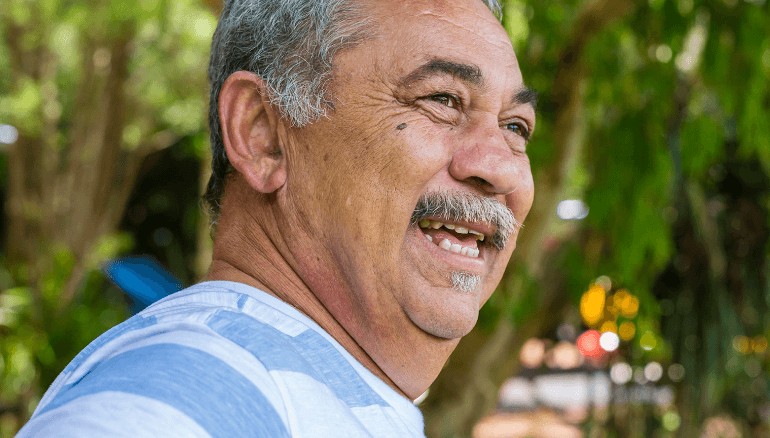Leaky pipes and blocked drains aren’t just a concern of plumbers. Lots of men develop problems with the waterworks as they get older, but these are not an inevitable consequence of ageing.
There are lots of signs that things aren’t working quite right. Knowing what these symptoms are, what they mean and how to deal with them can help keep everything under control.
Lower urinary tract symptoms (sometimes referred to as LUTS), and the terminology that goes along with them can be confusing. They can be classified into problems with the storing of urine or problems with passing urine (emptying problems).
Other symptoms can occur straight after urinating, like dribbling after you think you’ve finished or feeling like your bladder is not actually empty when you’ve passed as much urine as you can. Men may also report pain in their bladder, urethra, scrotum, perineum, or pelvis.
About half of all men and women over 40 years of age report at least one lower urinary tract symptom. In Australian men, about 1 in 14 in their 40s, and 1 in 3 in their 70s, report their symptoms as being moderate to severe.
In many men, lower urinary tract symptoms can develop because of prostate enlargement. The location of the prostate gland, below the bladder and surrounding the urethra, means that as it enlarges it can constrict the urethra and restrict urine flow.
Therefore, prostate enlargement resulting from benign prostatic hyperplasia (BPH) is a common cause of lower urinary tract symptoms, and emptying problems.
Prostate enlargement can be a sign of prostate disease, like benign prostatic hyperplasia (sometimes referred to as BPH), so it’s important to talk to your doctor if you have any lower urinary tract symptoms.
There are a variety of other causes of lower urinary tract symptoms, some of them health related (for example, neurological conditions like Parkinson’s disease or multiple sclerosis) and some of them lifestyle related (for example, occupations or recreational activities that involve heavy lifting).
Our behavior can contribute to the development of lower urinary tract symptoms and to managing them. Simple things like reducing the amount you drink in the evening can help to avoid needing to get up during the night.
Drinks like alcohol and caffeinated beverages can also make symptoms worse, so it’s best to avoid them if they cause problems for you.
It’s easy to slip into the habit of going to the toilet ‘just in case’ if you’re worried about urinary incontinence but this strategy can backfire.
Your bladder can effectively get used to holding low volumes, so going to the toilet before your bladder is full can gradually reduce its capacity to hold urine.
Bladder training can help you to gain control. After a while, urgency symptoms should let up.
Pelvic floor exercises can help to control your bladder and bowel, which can be important for people who have urinary incontinence associated with constipation. Other things that help with bowel function, like a diet rich in fibre can also be useful in these cases.
Controlling your weight can help too, because of the extra load on the pelvic floor if you’re overweight or obese.
Behavioral and lifestyle interventions are the first step in managing lower urinary tract symptoms. About half of the people with symptoms benefit from medication.
Even if lower urinary tract symptoms are not caused by a serious underlying health issue, the problems with bladder emptying can themselves lead to significant concerns.
Incomplete emptying of the bladder can lead to urinary tract infections, bladder stones, kidney problems and even acute urinary retention (a sudden onset need to pass urine but the inability to do so). Acute urinary retention is a medical emergency.
Lower urinary tract symptoms reduce people’s quality of life and contribute to depression and anxiety as a consequence of the inconvenience of frequent trips to the toilet and possibility of embarrassment from urinary incontinence.
Acting early to get help with lower urinary tract symptoms is the best way take control rather than letting the symptoms control you.













